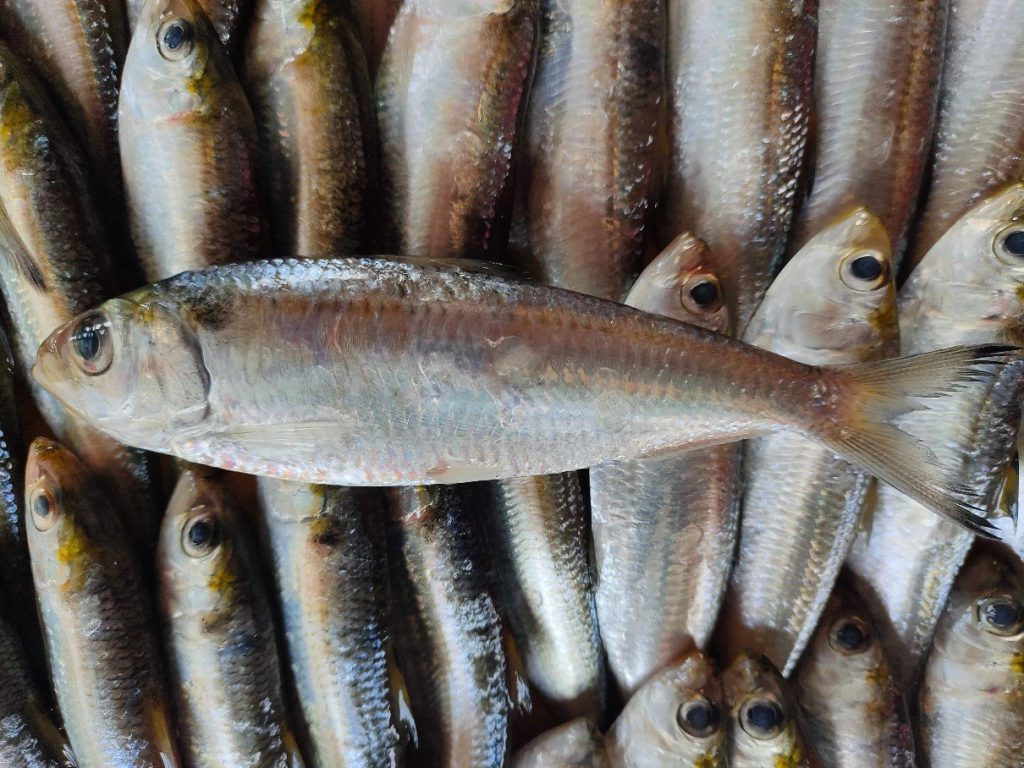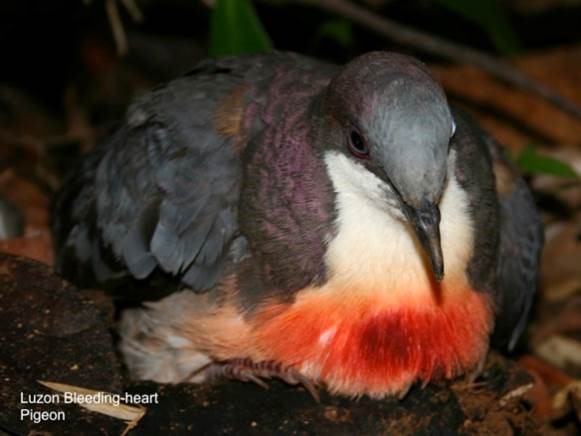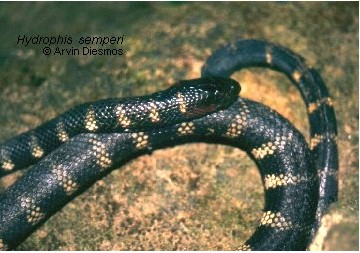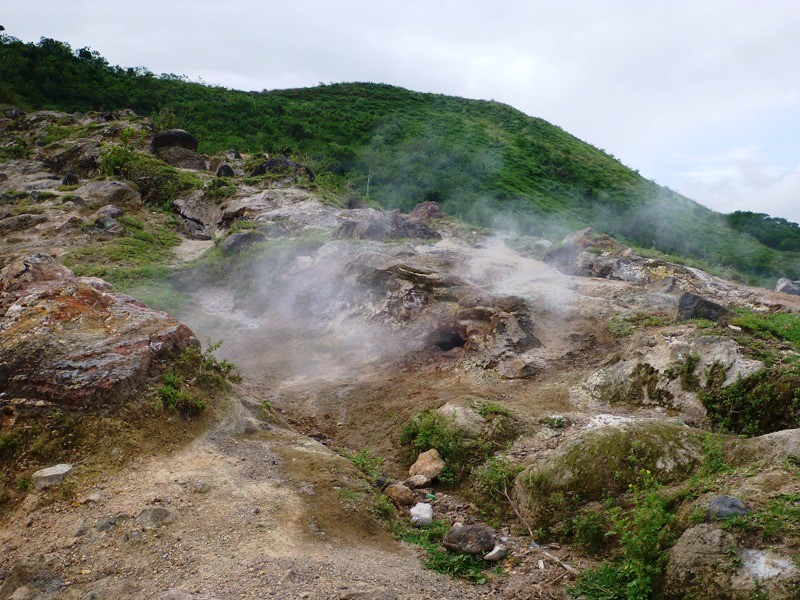
Taal Volcano’s latest eruption is not only damaging to the people, communities, and businesses that live and thrive in its vicinity. It is also harmful, if not fatal, to the diverse plants, animals, and ecosystems that can be found within this beautiful protected area.
Established in 1967 as the Taal Volcano Island National Park, it was reestablished as the Taal Volcano Protected Landscape (TVPL) under the National Integrated Protected Areas System (NIPAS) Act (RA 7586) by virtue of Presidential Proclamation 923 issued in 1996. When the Expanded National Integrated Protected Areas System (ENIPAS) Act or RA 11038 was enacted in 2018, the TVPL was permanently classified as a National Park. It covers an area of 62,292.16 hectares and surrounds the Taal Volcano Island, Taal Lake, and 37 tributaries of thirteen municipalities and three cities. A portion of Pansipit River, which serves as Taal Lake’s only outlet to Balayan Bay in the West Philippine Sea, can also be found inside TVPL.
Because of its proximity to Metro Manila and other tourist attractions like the beaches in Batangas or hotsprings in Laguna, combined with majestic views, lush greenery, and cool weather, TVPL draws thousands of local and foreign tourists every year.
But the TVPL is not only a tourist spot that has to be crossed out of someone’s bucket list or a weekend getaway where people go to escape the city.
TVPL provides many essential ecosystem services that are crucial to our present and future well-being. Local communities obtain food, freshwater, fuelwood, and other basic necessities from TVPL. The cool weather that so many people enjoy when visiting Tagaytay is part of TVPL’s climate regulating service. Ecotourism services provide much needed employment and income for many families and businesses. Cool and clean water is readily available because of TVPL’s role in water regulation and purification. Recreation and aesthetic values provide inspiration and peace of mind to visitors and tourists.
Various bird and fish species consider the TVPL their home. Fifty-two (52) migratory and endemic marine faunal species are present in Taal Lake according to a 2018 study. The most popular and economically-important is Sardinella tawilis or locally known as tawilis. The tawilis is endemic to the lake meaning it can only be found in Taal Lake. It is the only sardine species known to survive entirely in freshwater. Sadly, the tawilis was classified as ENDANGERED by the International Union for the Conservation of Nature in 2019 due to overfishing, pollution of Taal Lake, and presence of invasive alien species like the tilapia which is popular among fish growers there.

Numerous bird species endemic to the Philippines are found in TVPL. Some of these are the Luzon bleeding heart pigeon, white-eared brown dove, elegant tit, Philippine tailor bird, grey-backed tailor bird, Philippine bulbul, Philippine pygmy woodpecker, red crested malkoha, and stripe-headed rhabdornis.

Reptiles are abundant in TVPL. The Malay monitor lizard (Varanus marmoratus) or what we call as bayawak is present. More importantly, the Taal Lake snake (Hydrophis semperi), a rare and endemic species of sea snake that thrives in freshwater can only be found in Taal Lake. Information about the Lake Taal snake is lacking and studies have yet to be conducted regarding its biology and characteristics. But it is established that this species is dependent on Taal Lake’s slightly sulphuric water and will not survive outside the lake’s ecosystem. The Taal Lake snake or known locally as duhol is classified as VULNERABLE by IUCN. The worsening water quality of Taal Lake due to pollution from nearby poultry and piggery farms and use of chemicals in fish cages threaten the snake population. Plus, the bad reputation snakes usually receive leads to fishermen killing them whenever they encounter one.

The tawilis and Taal Lake snake are two distinct examples of how nature and biodiversity works. Taal Lake was once part of Balayan Bay and filled with salt water. Because of Taal Volcano’s frequent eruptions, it brought drastic changes in the surrounding landscape and resulted in the closing off and eventual formation of Taal Lake. Where before there was saltwater, freshwater now flow within. This new ecosystem led to some species to adapt and evolve in order to survive. That’s why we have the tawilis and Taal Lake snake.
Despite the danger of unpredictable eruptions, Taal Volcano Protected Landscape was included among 228 Key Biodiveristy Areas in the Philippines in a 2006 publication by the Department of Environment and Natural Resources (DENR), Conservation International Philippines (CI Philiippines), and Haribon Foundation. TVPL was classified as Extremely High Urgent for biodiversity conservation.

In celebration of World Wetland’s Day this February 2, the Biodiversity Management Bureau plans to conduct a Rapid Assessment of Wetland Ecosystems (RAWES) in TVPL. The objective is to assess and valuate the biodiversity resources there in the eruption’s aftermath. Hopefully, Taal Volcano has settled by then and there is no more danger of volcanic activity. The RAWES results will paint a picture of the effects of the eruption to TVPL’s biodiversity and serve as baseline for future management interventions and programs.
References and Credits:
Biodiversity Management Bureau (2018). Guidebook to Protected Areas of the Philippines (Vol. 2). QUEZON CITY, METRO MANILA: DENR. p.35-39.
Mutia, M. T. M., Muyot, M. C., Torres, F. B., & Faminialagao, C. M. (2018). Status of Taal Lake Fishery Resources with Emphasis on the Endemic Freshwater Sardine, Sardinella tawilis (Herre, 1927). The Philippine Journal of Fisheries, 25(1), 128-135. Doi:10.31398/tpjf/25.1.2017C0017.
Froese, R., and Pauly, D. (2010). Sardinella tawilis. FishBase.
Diesmos, A. C., Brown, R. M., Lagda M. C., Tresnado N. F., (2005-03-07). The “sea” snake of Taal Lake. Features. Haribon Foundation for the Conservation of Natural Resources. Archived from the original on 2 March 2007. Retrieved 2007-02-02.
Image 1 and 5: DENR-BMB
Image 2: Pola Geneva Bumanglag
Image 3: Merlijin Van Weerd
Image 4: Grabbed from http://hayop.0catch.com/hsemperi.htm



